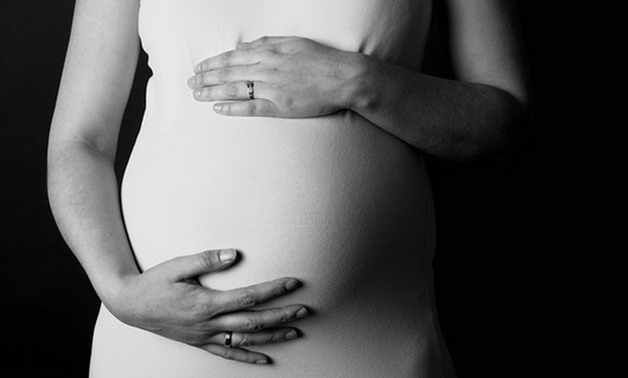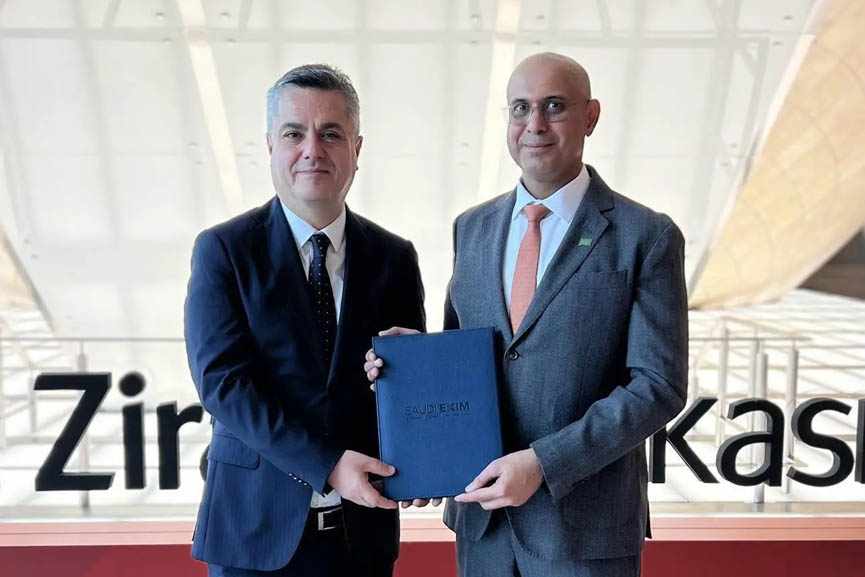The next wave of virus detection: A good boy
- Date: 08-May-2023
- Source: Fortune | FORTUNE
- Sector:Healthcare
- Country:Saudi Arabia
The next wave of virus detection: A good boy
On some level, Carol Glaser thought, the idea was almost too obvious not to work. For decades, localities and governments around the world had employed dogs to sniff for illicit drugs, explosives, landmines, and missing people–even for disease. Why not COVID?
After all, with as many as 300 million olfactory receptors, a dog’s ability to scent or smell something “is about a hundred thousand times what ours is,” Glaser told me recently. “There’s an analogy I’ve seen: You could take a teaspoon of something and put it in a body of water the size of 20 Olympic swimming pools, and a dog could detect it.”
It made for a great theory: dogs as a sort of frontline COVID detective agency. But Glaser is no mere theorist.
As the medical officer for the Center for Laboratory Sciences at the California Department of Public Health (CDPH), Glaser was able to martial both resources and funding (via the CDC Foundation) to road-test the idea. Although it’s still early, the results are promising enough that they may alter the sway the U.S. gets in front of outbreaks of several viruses, not just Covid, in the years to come.
And while the first tests were conducted in schools, Glaser























